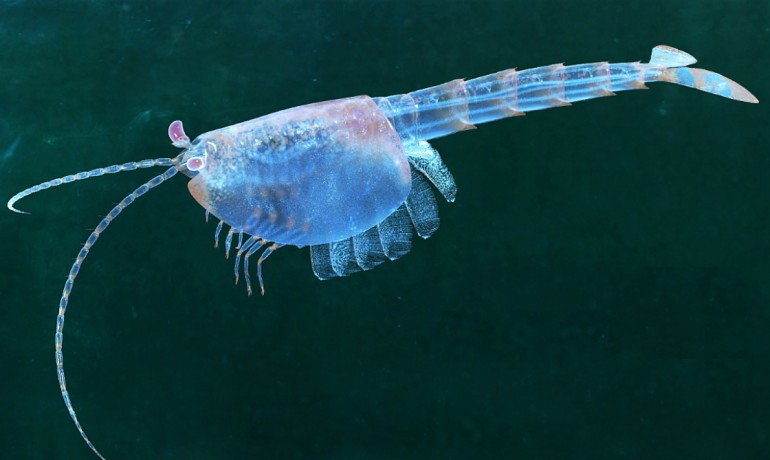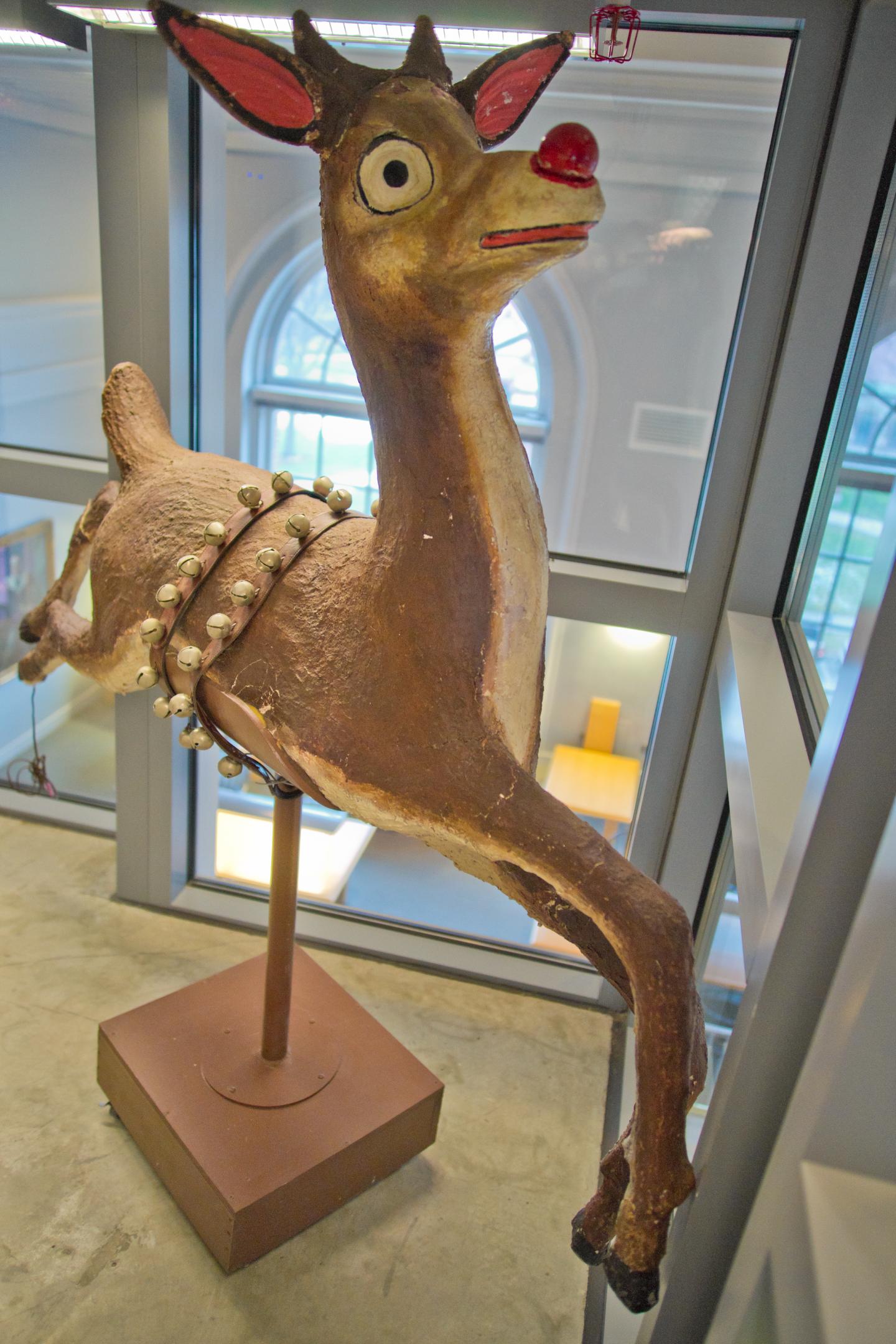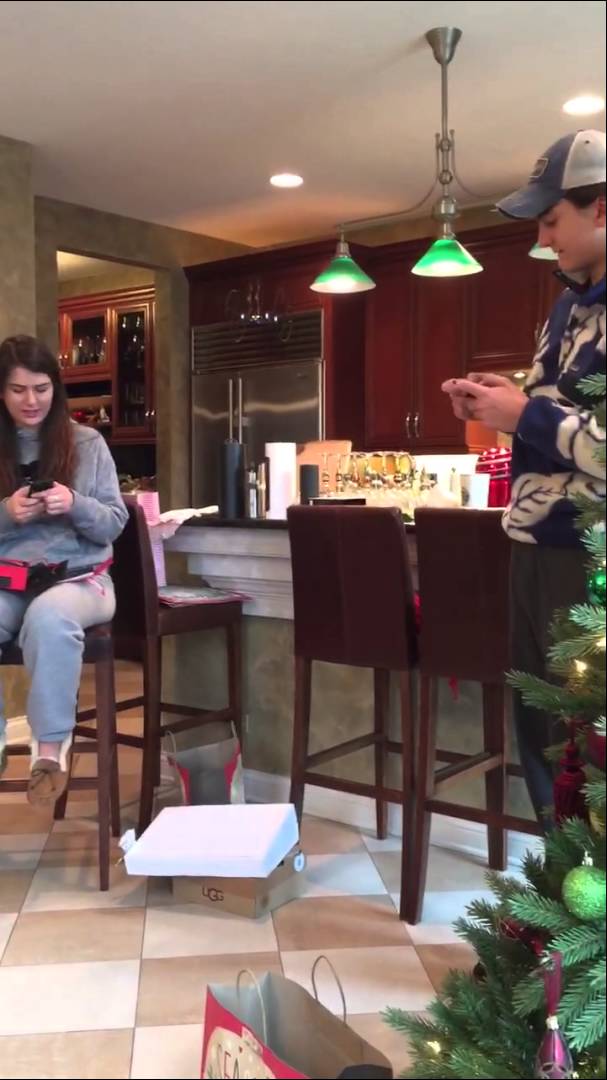Long before kangaroos carried joeys in pouches and honey bees nurtured their young in hives, there was the 508-million-year-old Waptia.
Little is known about the shrimp-like creature first discovered in the Canadian Burgess Shale fossil deposit a century ago, but a new study has uncovered eggs with embryos preserved within the body of the animal. Scientists say it is the oldest example of brood care in the fossil record.
“As the oldest direct evidence of a creature caring for its offspring, the discovery adds another piece to our understanding of brood care practices during the Cambrian Explosion, a period of rapid evolutionary development when most major animal groups appear in the fossil record,” says Jean-Bernard Caron, curator of invertebrate paleontology at the Royal Ontario Museum and associate professor of Earth sciences and ecology and evolutionary biology at the University of Toronto.
Waptia fieldensis is an early arthropod, belonging to a group of animals that includes lobsters and crayfish. It had a two-part structure covering the front segment of its body near the head, known as a bivalved carapace. Researchers believe the carapace played a fundamental role in how the creature practiced brood care.
“Clusters of egg-shaped objects are evident in five of the many specimens we observed, all located on the underside of the carapace and alongside the anterior third of the body,” says Caron, author of the study in Current Biology.
The clusters are grouped in a single layer on each side of the body with no or limited overlapping among the eggs. In some specimens, eggs are equidistant from each other, while in others, some are are closer together, probably reflecting variations in the angle of burial and movement during burial. The maximum number of eggs preserved per individuals probably reached 24.
“This creature is expanding our perspective on the diversification of brood care in early arthropods,” says coauthor Jean Vannier of the French National Centre for Scientific Research.
“The relatively large size of the eggs and the small number of them, contrasts with the high number of small eggs found previously in another bivalved arthropod known as Kunmingella douvillei. And though that creature predates Waptia by about seven million years, none of its eggs contained embryos.”
Kunmingella douvillei also presented a different method of carrying its young, as its eggs were found lower on the body and attached to its appendages.
The presence of these two different parental strategies suggests an independent and rapid evolution of a variety of methods of parental care of offspring. Together with previously described brooded eggs in ostracods from the Upper Ordovician period 450 million years ago, the discovery supports the theory that the presence of a bivalved carapace played a key role in the early evolution of brood care in arthropods.
Republished as a derivative work from Futurity.org under the Attribution 4.0 International license. Original article posted to Futurity by Sean Bettam-Toronto.
Featured Image Credit: Obsidian Soul/Wikimedia Commons
Next, Check Out:
- A Fascinating New Theory about What Happened to the Neanderthals
- We’ve Been Massively Messing with Nature for Over 6,000 Years
- What’s Cute, Fuzzy, and 125 Million Years Old?
- Scientists Find Intriguing Cause of First Mass Extinction
- Paleontologists Discovered a New Raptor, but They Didn’t Expect to Find This


![NASA’s Amazing 2015 – Looking Back [Video]](http://sciencerocksmyworld.com/wp-content/uploads/2018/05/nasas-amazing-2015-looking-back.jpg)


![Physicist Shows How He Creates Identical Twin Snowflakes [Video]](http://sciencerocksmyworld.com/wp-content/uploads/2018/05/physicist-shows-how-he-creates-i.jpg)

![Boston Dynamics’ Robot ‘Reindeer’ Really Are Kinda Creepy [Video]](http://sciencerocksmyworld.com/wp-content/uploads/2018/05/boston-dynamics-robot-reindeer-r.jpg)


![GoCrow: Unprecedented Footage Recorded via ‘Crow Cams’ [Video]](http://sciencerocksmyworld.com/wp-content/uploads/2018/05/gocrow-unprecedented-footage-rec.jpg)


